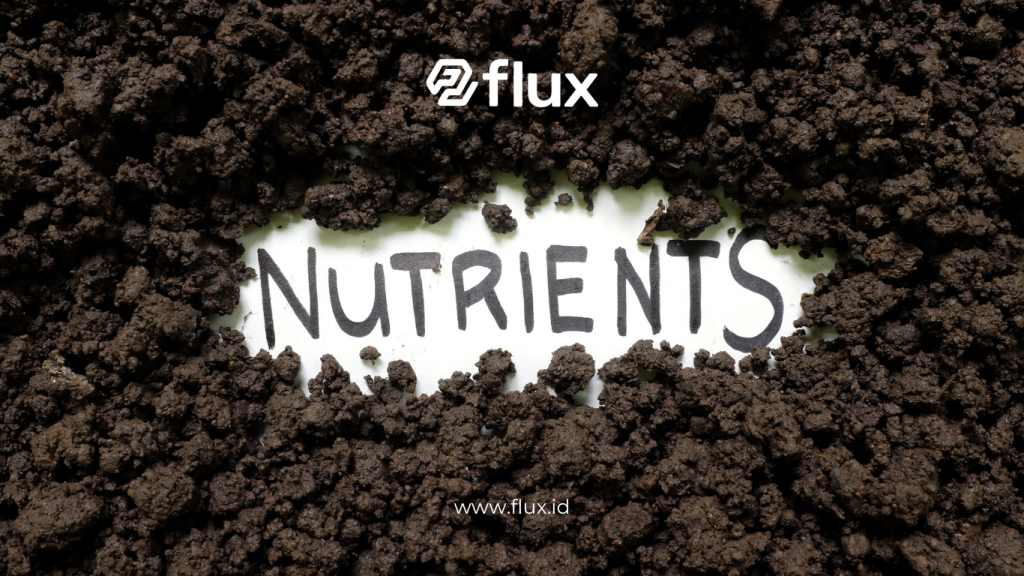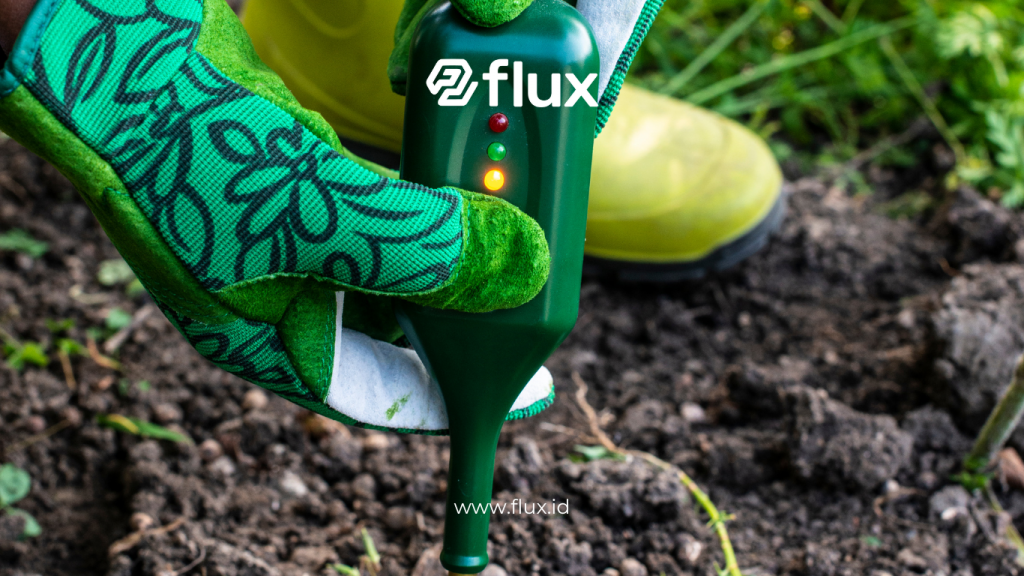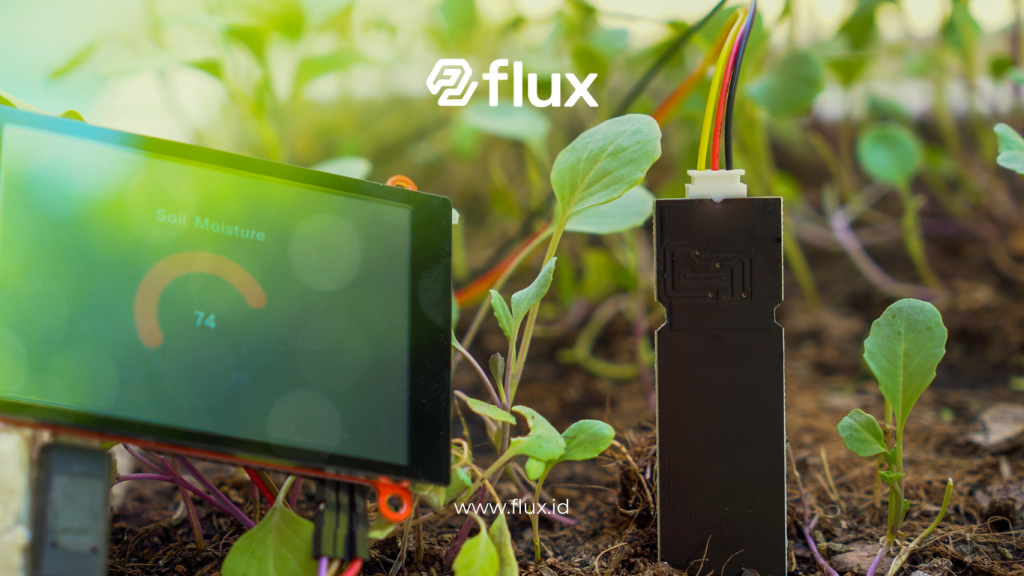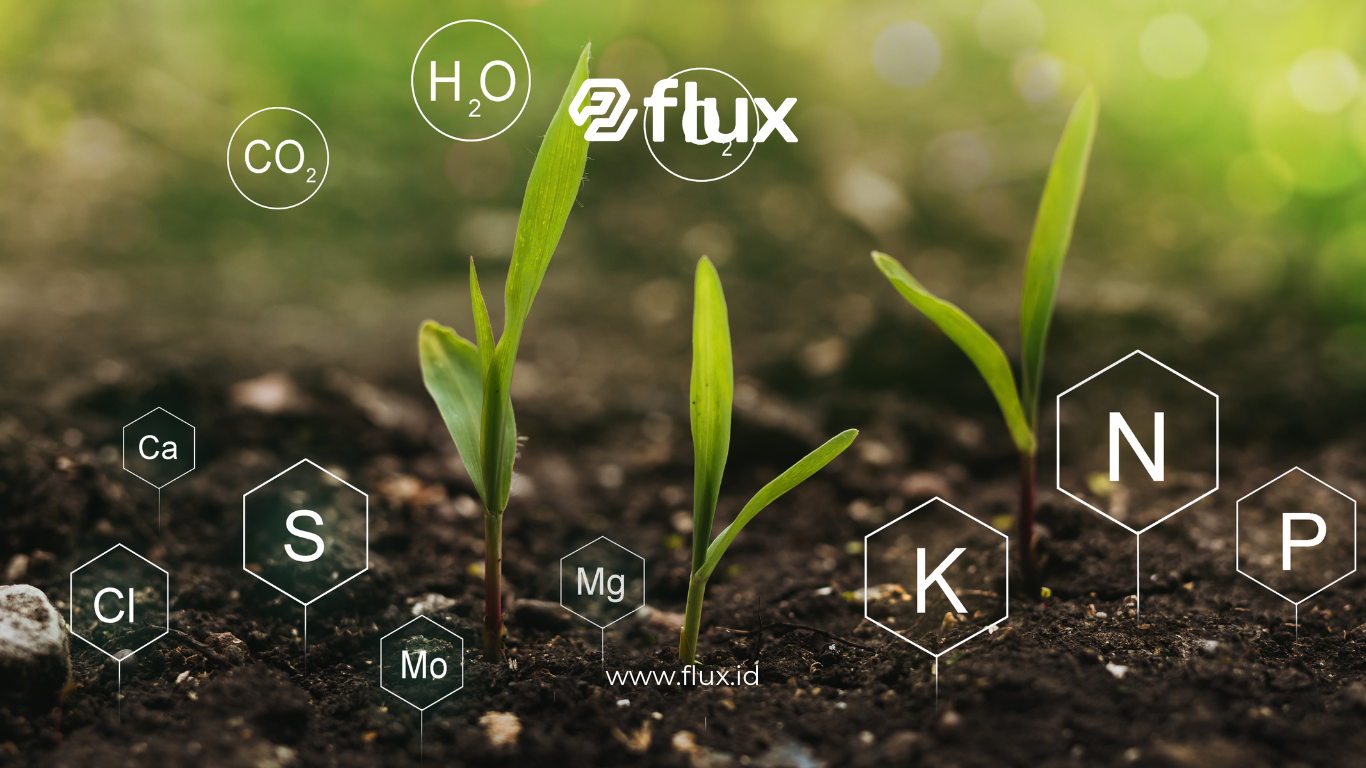Don't miss our holiday offer - 20% OFF!
Modern agriculture increasingly relies on advanced technology to enhance efficiency and crop yields. One of the latest innovations is the use of soil nutrient sensors that provide real-time data on soil conditions. This article will explore soil nutrient sensor technology in-depth, including how it works, the benefits it offers, and how this technology can be integrated into everyday farming practices.
Contents
- 1 What is Soil Nutrient Sensor Technology?
- 2 How Do Soil Nutrient Sensors Work?
- 3 Benefits of Using Soil Nutrient Sensors
- 4 Integrating Soil Nutrient Sensor Technology with Agricultural Systems
- 5 Challenges and Solutions in Using Soil Nutrient Sensors
- 6 The Future of Soil Nutrient Sensor Technology
- 7 Conclusion
What is Soil Nutrient Sensor Technology?

Read More: How Soil Nutrient Sensors Work: Optimizing Plant Health and Agricultural Productivity
Soil nutrient sensors are technological devices used to measure and monitor nutrient content in the soil. These sensors can detect various parameters, such as pH, moisture, nitrogen, phosphorus, potassium, and other essential microelements needed for plant growth. The data obtained from these sensors help farmers make more precise and quicker decisions related to fertilization, irrigation, and soil maintenance.
Types of Soil Nutrient Sensors
- Ion-Specific Electrode (ISE) Sensors: These sensors measure specific ion concentrations in the soil, such as nitrogen, phosphorus, and potassium ions. Farmers often use ISE sensors because of their ability to deliver fast and accurate results.
- Electrochemical Sensors: These sensors use the principles of electrochemical reactions to measure nutrient content. They can detect changes in the soil’s electrical conductivity, which correlates with nutrient ion concentrations.
- Optical Sensors: These sensors use light to measure nutrient content in the soil. While optical sensors are typically more expensive, they provide highly accurate and non-invasive data.
- Capacitance and Resistance Sensors: These sensors measure soil moisture and water retention capacity, which indirectly affects nutrient availability to plants.
How Do Soil Nutrient Sensors Work?

Soil nutrient sensors work by placing them in or on the surface of the soil to detect and measure specific parameters. These sensors usually connect to a data collection system, which can include mobile devices, computers, or cloud systems. Here’s a general overview of their operation:
- Data Collection: Sensors collect data from the soil, measuring parameters like pH, moisture, and ion content.
- Data Processing: The sensors process raw data through specific algorithms to provide results that farmers can interpret easily.
- Data Visualization: The processed data is usually displayed as graphs or reports on a digital dashboard, making it easier for farmers to understand soil conditions.
- Decision Making: Based on the provided data, farmers can make informed decisions regarding fertilization, watering, and other soil management practices.
Benefits of Using Soil Nutrient Sensors

Read More: Future Farming Optimization with Soil Nutrient Sensors
1. Optimized Fertilizer Use
By knowing the soil nutrient content in real-time, farmers can optimize fertilizer use, applying only what the plants need. This approach not only reduces fertilizer costs but also minimizes environmental impact from over-fertilization.
2. Increased Crop Productivity
Accurate data from soil nutrient sensors allow farmers to provide optimal conditions for plant growth. Consequently, this can increase both the quality and quantity of the harvest, while reducing the risk of crop failure.
3. Water Usage Efficiency
Sensors that measure soil moisture help in regulating irrigation. More efficient water use can lower operational costs and protect valuable water resources.
4. Better Soil Management
Soil nutrient sensors enable farmers to continuously monitor soil health. As a result, they can implement soil management practices like crop rotation and soil recovery more effectively.
5. Data-Driven Decision Making
The use of this technology makes it easier for farmers to make data-driven decisions rather than relying on assumptions. This approach makes farming more scientific and predictive.
Integrating Soil Nutrient Sensor Technology with Agricultural Systems

Read More: Soil Nutrient Sensor: Enhancing Agricultural Yields
1. Connecting Sensors with IoT (Internet of Things)
By connecting soil nutrient sensors to an IoT network, farmers can access collected data in real-time via mobile devices or computers. They can monitor soil conditions anytime and anywhere, receiving notifications if issues require immediate attention.
2. Using Agricultural Management Software
Many modern agricultural management software solutions offer features to integrate data from soil nutrient sensors. These software solutions not only display the data but also provide analysis and recommendations based on current soil conditions.
3. Automation in Decision Making
Some advanced farming systems use data from soil nutrient sensors to automate processes like irrigation and fertilization. This automation ensures that plants receive the right amount of water and nutrients at the right time, without human intervention.
Challenges and Solutions in Using Soil Nutrient Sensors

Read More: Optimizing Drought Monitoring: How Soil Moisture Sensors Work and Their Benefits
1. Cost and Initial Investment
One of the main challenges is the high initial investment cost for sensor installation and maintenance. However, the long-term benefits, such as increased productivity and efficiency, can offset these costs. Farmers can also seek assistance from government subsidy programs or financing schemes offered by financial institutions.
2. Technological Complexity
Farmers who are unfamiliar with technology may find it challenging to operate and understand data from soil nutrient sensors. Therefore, training and technical support are essential to ensure the successful implementation of this technology.
3. Dependence on Technological Infrastructure
Soil nutrient sensors connected to IoT systems require a stable internet connection. Limited internet access in remote areas can be a barrier. To overcome this, farmers can use technology that operates offline and synchronizes data when an internet connection becomes available.
The Future of Soil Nutrient Sensor Technology
With rapid technological advancements, soil nutrient sensors are becoming more sophisticated and affordable. Ongoing research aims to improve the accuracy, efficiency, and durability of these sensors. In the future, soil nutrient sensors are expected to become standard in agriculture, replacing traditional soil testing methods that are time-consuming and costly.
Conclusion
Soil nutrient sensor technology offers an effective solution for enhancing agricultural productivity and promoting more sustainable resource management. By gaining a better understanding of soil conditions, farmers can make more precise decisions regarding fertilization, irrigation, and soil management. Ultimately, these practices will lead to increased crop yields and profitability. Despite the challenges in adopting this technology, its long-term benefits make it a worthwhile investment. With the right support, soil nutrient sensors can become key tools for the future of advanced and sustainable agriculture.





